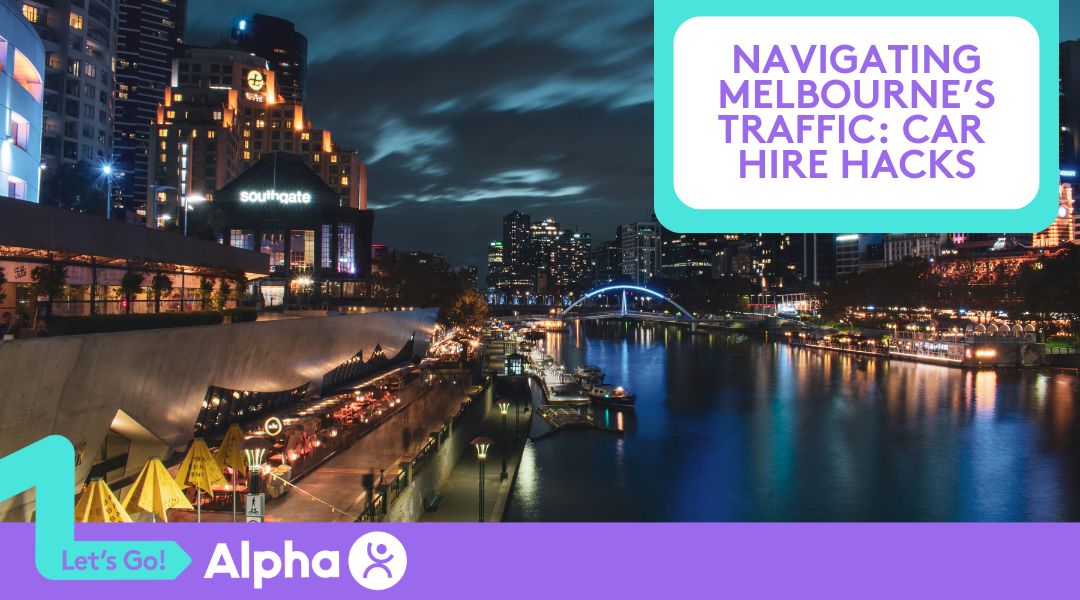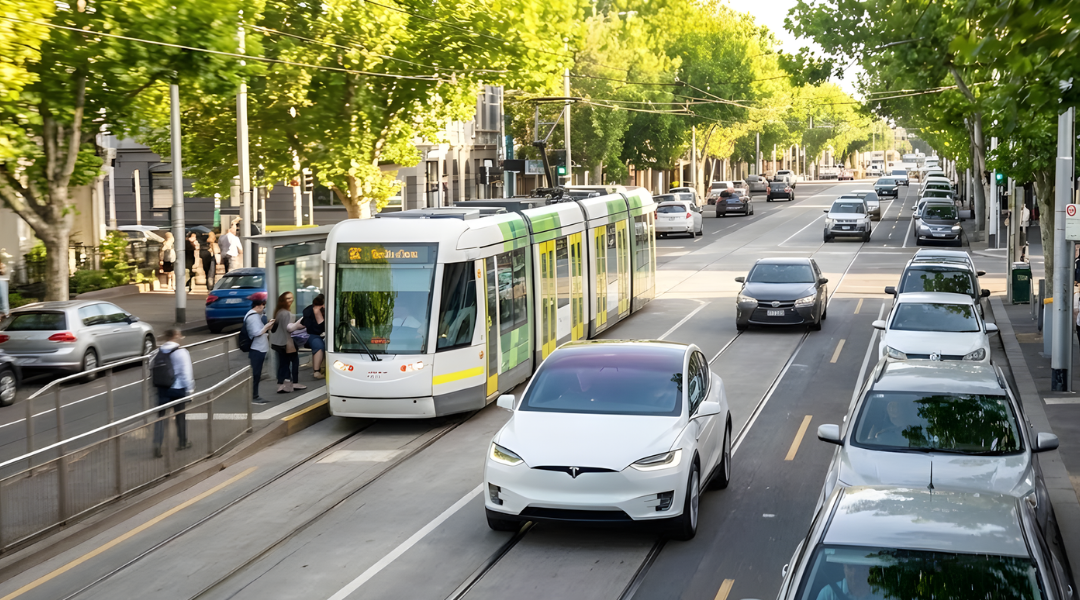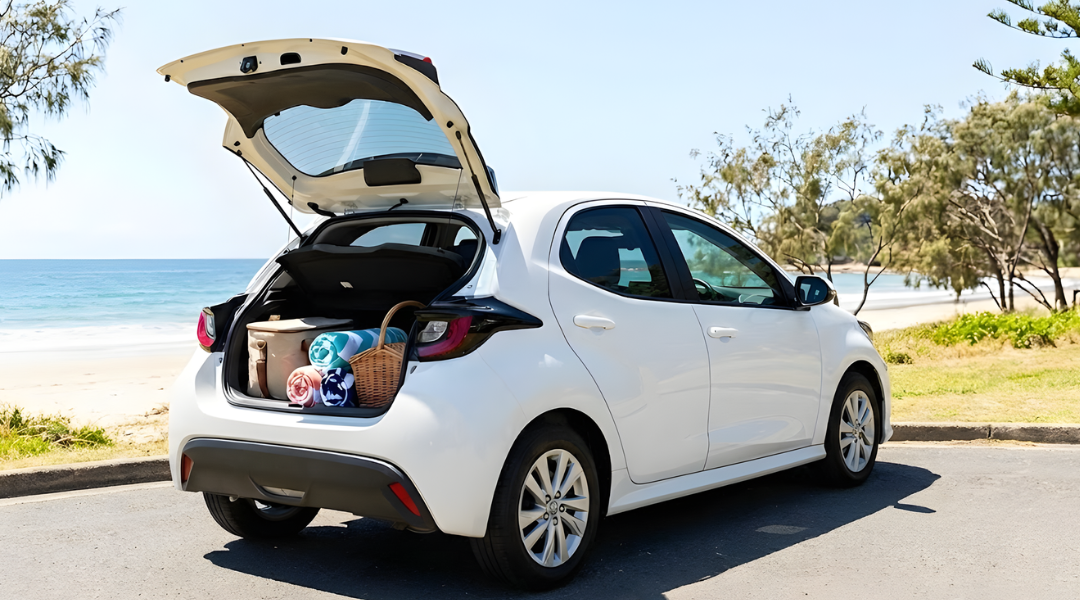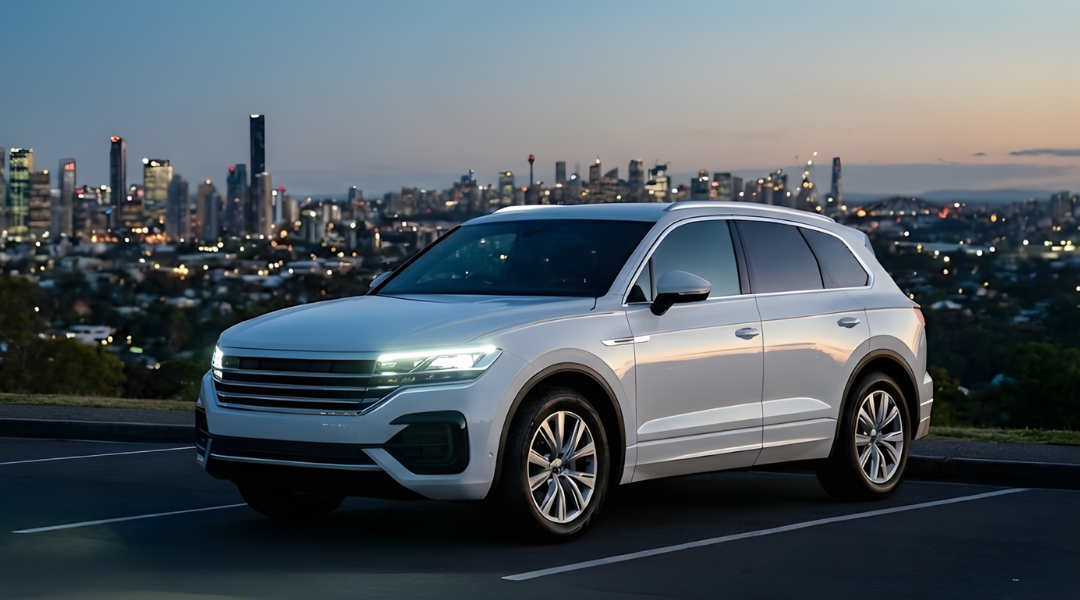Melbourne, a vibrant and bustling city, is known for its diverse attractions and lively atmosphere. However, navigating its traffic can be a daunting task, especially for visitors unfamiliar with the city’s roads. Car hire Melbourne offers a convenient and flexible way to explore Melbourne, but understanding the city’s traffic patterns is essential for a smooth and enjoyable journey.
The Challenges of Melbourne Traffic
- Peak hour congestion: Melbourne experiences significant traffic congestion during peak hours, particularly in the morning and evening rush.
- Road works and closures: Construction projects and road closures can cause traffic disruptions.
- Events and festivals: Large-scale events and festivals can impact traffic flow.
Benefits of Car Hire for Exploring the City
- Flexibility: Car hire allows you to explore Melbourne at your own pace and create your itinerary.
- Convenience: Avoid the hassle of public transportation schedules and crowded buses or trains.
- Accessibility: Reach destinations that may be difficult to access by public transport.
- Privacy: Enjoy the comfort and privacy of your vehicle.
Understanding Melbourne Traffic
Peak Hours and Traffic Congestion
- Avoid peak hours: If possible, plan your trips to avoid peak hours (typically 7-9 AM and 4-6 PM) to minimise traffic congestion.
- Use traffic apps: Utilise real-time traffic apps like Google Maps or Waze to monitor traffic conditions and find alternative routes.
Major Roads and Freeways
- City Link: A toll road that connects the city centre with the eastern and western suburbs.
- M1: The main freeway leading to the eastern suburbs.
- M2: The main freeway leading to the western suburbs.
- M3: The main freeway leading to the northern suburbs.
Public Transport Options
While car hire offers flexibility, it’s also worth considering public transport options for certain journeys. Melbourne has a well-connected public transport system, including trams, trains, and buses.
- Trams: The iconic trams of Melbourne provide a convenient and scenic way to travel around the city centre and popular suburbs.
- Trains: Melbourne’s train network connects the city centre with suburbs and regional areas.
- Buses: Buses offer extensive coverage throughout Melbourne, reaching various neighbourhoods and suburbs.
Choosing the Right Car Hire
Vehicle Size and Type
The ideal vehicle for your Melbourne adventure will depend on several factors, including:
- Group size: A compact car or sedan is suitable for smaller groups, while a minivan or SUV is better for larger parties.
- Luggage: Consider the amount of luggage you’ll be carrying. Some vehicles have more cargo space than others.
- Driving experience: If you’re not familiar with driving in Australia, you may want to consider hiring a smaller, more manageable vehicle.
Insurance Coverage
Ensure that your car hire includes comprehensive insurance coverage to protect you in case of accidents or theft. Some rental companies may offer additional insurance options, such as excess reduction cover, which can lower your out-of-pocket costs in case of an incident.
GPS Navigation Systems
GPS navigation systems are invaluable for exploring Melbourne. Many rental cars come equipped with built-in GPS, but you can also rent a portable GPS device or use a smartphone app.
Planning Your Route
Using GPS Navigation Apps
- Choose a reliable app: Popular options include Google Maps, Waze, and Apple Maps.
- Input your destination: Enter your desired destination and the app will provide the best route.
- Monitor traffic conditions: Keep an eye on real-time traffic updates to avoid congestion.
- Explore alternative routes: If you encounter heavy traffic, the app can suggest alternative routes.
Avoiding Rush Hour Traffic
- Plan your trips accordingly: Avoid travelling during peak hours (typically 7-9 AM and 4-6 PM) to minimise traffic congestion.
- Use public transport: Consider using public transport for short trips within the city centre to avoid traffic.
Exploring Alternative Routes
- Discover hidden gems: Take scenic routes to explore hidden gems and enjoy the beautiful landscapes.
- Avoid tourist hotspots: During peak tourist seasons, alternative routes can help you avoid crowded areas.
Parking Tips and Tricks
Paid Parking Zones and Meters
- Pay attention to parking signs: Be aware of paid parking zones and meter restrictions.
- Pay for parking: Use coins or credit cards to pay for parking meters.
- Avoid parking fines: Ensure you have paid for parking and haven’t exceeded the time limit.
Free Parking Areas
- Look for free parking zones: Some areas offer free parking, especially in residential neighbourhoods or outside the city centre.
- Check for shopping centre parking: Many shopping centres offer free parking for a certain duration.
Parking Apps and Online Reservations
- Use parking apps: Apps like Parkopedia can help you find available parking spaces and make online reservations.
- Consider valet parking: For convenience, consider using valet parking at hotels or restaurants.
Additional Tips
- Be prepared for unexpected delays: Melbourne’s traffic can be unpredictable, so be prepared for unexpected delays.
- Stay calm and patient: Traffic congestion can be frustrating, but staying calm and patient can help you navigate the roads more effectively.
- Enjoy the journey: Take your time and appreciate the scenic views while driving in Melbourne.
Toll Roads and Electronic Payment
Understanding Melbourne’s Toll Roads
Melbourne has a network of toll roads that connect the city centre with the suburbs. Using these toll roads can save time, but it’s important to understand the associated fees.
Electronic Payment Systems
Tolls are typically collected electronically using a tag or a device mounted on your windshield. You can obtain a tag from one of the toll road operators or use a rental car equipped with an electronic toll collection device.
Avoiding Toll Road Fees
If you prefer to avoid toll roads, you can use alternative routes or plan your journey accordingly. Some navigation apps can help you find toll-free routes.
Public Transport Integration
Combining Car Hire with Public Transport
- Park-and-ride: Utilise park-and-ride facilities located at train stations or bus terminals to leave your car and use public transport for your destination.
- Transfer points: Identify transfer points where you can easily switch between different modes of public transport.
- Day passes and tickets: Consider purchasing day passes or tickets for unlimited travel on Melbourne’s public transport system.
Using Public Transport for City Exploration
- Trams: Melbourne’s iconic trams offer a convenient and scenic way to explore the city centre and popular suburbs.
- Trains: The train network connects the city centre with suburbs and regional areas.
- Buses: Buses provide extensive coverage throughout Melbourne, reaching various neighbourhoods and suburbs.
By understanding Melbourne’s toll roads and integrating public transport into your travel plans, you can optimise your journey and save money.
Safety Tips for Driving in Melbourne
Road Rules and Regulations
- Drive on the left side of the road.
- Adhere to speed limits, which are typically posted in kilometres per hour.
- Yield to traffic in roundabouts.
- Wear seatbelts, which are mandatory for all passengers.
- Use headlights during the day.
- Avoid using mobile phones while driving, unless using hands-free devices.
Defensive Driving Techniques
- Maintain a safe following distance.
- Be aware of your surroundings and anticipate potential hazards.
- Scan the road ahead for changes in traffic flow or road conditions.
- Be prepared for unexpected situations, such as sudden braking or lane changes.
- Yield to pedestrians and cyclists, especially at crosswalks.
Avoiding Accidents and Fines
- Obey traffic signs and signals.
- Avoid tailgating other vehicles.
- Do not drink and drive.
- Be aware of road closures and construction zones.
- Park legally and avoid parking fines by following parking restrictions and paying for parking meters.
FAQs
What is the best time to drive in Melbourne to avoid traffic?
- To avoid peak traffic congestion, try to plan your trips outside of rush hours, which are typically between 7-9 AM and 4-6 PM.
Are there any free parking areas in the city centre?
- Free parking can be limited in the city centre. Consider using public transport or parking in nearby areas with free parking.
How do I use the electronic payment system for toll roads?
- You can obtain a tag from one of the toll road operators or use a rental car equipped with an electronic toll collection device.
What is the best way to get around Melbourne without a car?
- Melbourne has a well-connected public transport system, including trams, trains, and buses. You can also use ride-sharing services or taxis.
Are there any specific areas of Melbourne that are known for heavy traffic?
- The city centre, particularly during peak hours, is prone to heavy traffic. Major roads and freeways can also experience congestion.
What is the best time to drive in Melbourne to avoid traffic?
- To avoid peak traffic congestion, try to plan your trips outside of rush hours, which are typically between 7-9 AM and 4-6 PM.
Are there any free parking areas in the city centre?
- Free parking can be limited in the city centre. Consider using public transport or parking in nearby areas with free parking.
How do I use the electronic payment system for toll roads?
- You can obtain a tag from one of the toll road operators or use a rental car equipped with an electronic toll collection device.
What is the best way to get around Melbourne without a car?
- Melbourne has a well-connected public transport system, including trams, trains, and buses. You can also use ride-sharing services or taxis.
Are there any specific areas of Melbourne that are known for heavy traffic?
- The city centre, particularly during peak hours, is prone to heavy traffic. Major roads and freeways can also experience congestion.
Conclusion
Navigating Melbourne’s traffic with a car can be challenging, but by understanding the road rules, practising defensive driving, and planning your trips effectively, you can ensure a safe and enjoyable experience. Remember to use GPS navigation apps, consider alternative routes, and be aware of parking restrictions.
By following these tips, you can confidently explore Melbourne’s vibrant streets and discover all it has to offer.
Safe and Secure with Alpha Car Hire
Alpha Car Hire is committed to providing a safe and secure driving experience. Our vehicles undergo regular maintenance and inspections to ensure they are in optimal condition. We also prioritise the safety of our customers by providing comprehensive insurance coverage. With Alpha Car Hire, you can drive with confidence knowing that your safety is our top priority. Contact us today to book your car rental at Melbourne Airport and experience peace of mind on the road.
[/vc_column_text][/vc_column][/vc_row][vc_row css=”.vc_custom_1727246131169{padding-top: 40px !important;}”][vc_column][vc_raw_html]JTVCcG9kcyUyMG5hbWUlM0QlMjJjYXJfaGlyZV9sb2NhdGlvbnMlMjIlNUQlN0IlNDBjYXJfaGlyZV9sb2NhdGlvbnMlN0QlNUIlMkZwb2RzJTVE[/vc_raw_html][/vc_column][/vc_row]




